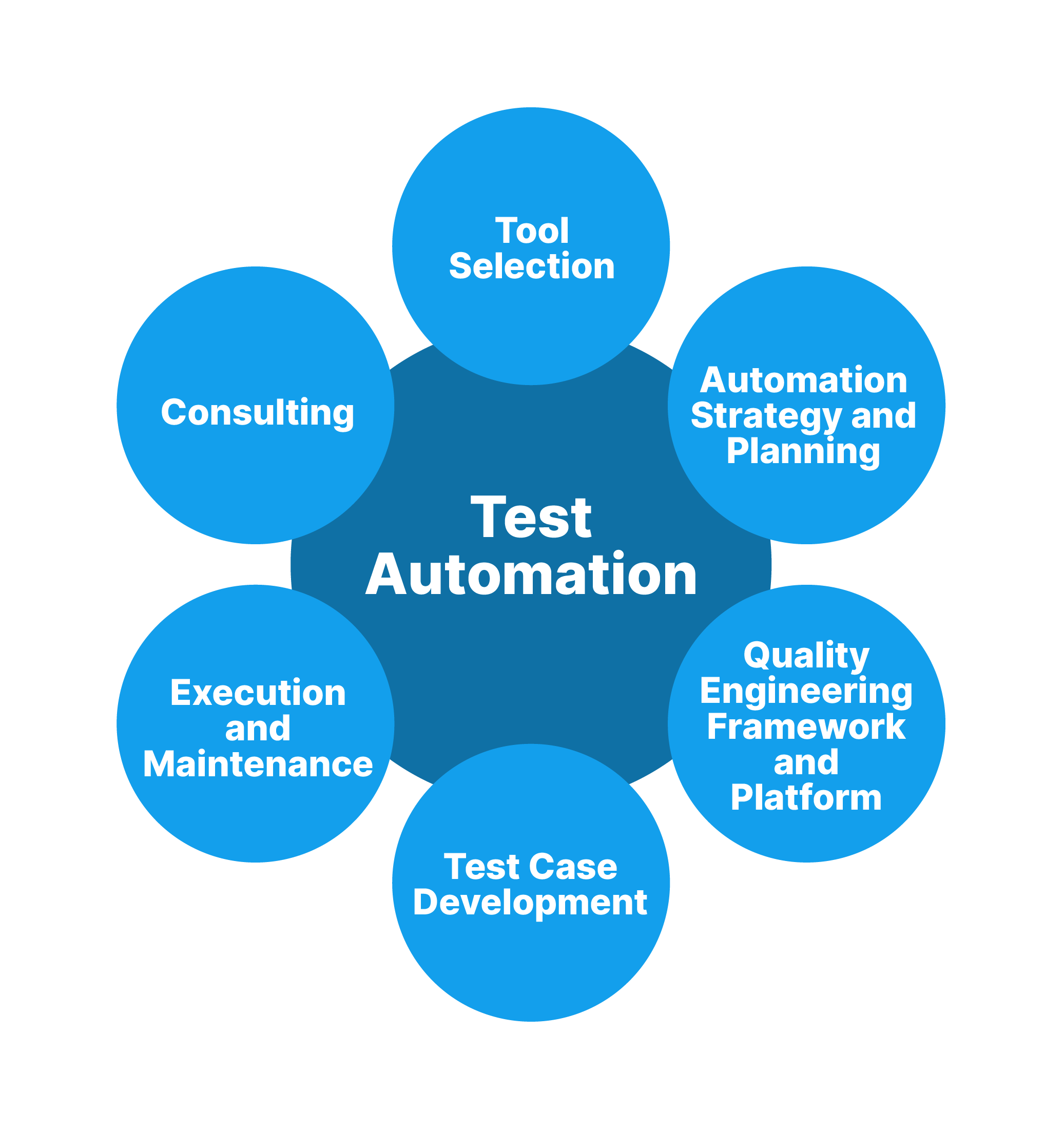From Handbook to Automated Screening: A Comprehensive Overview to Transitioning Efficiently and Effectively
In the realm of software application testing, the shift from guidebook to automated procedures has actually come to be a progressively essential transition for companies seeking to boost performance and precision in their testing techniques. The trip from guidebook to automated testing is not without its challenges, but when come close to strategically and with a clear plan in mind, the benefits can be significant.
Advantages of Automated Examining
Automated screening provides various benefits, boosting performance and precision in software program advancement procedures. Automated tests can be run simultaneously on several devices and operating systems, dramatically speeding up the screening stage compared to hand-operated screening.
In addition, automated screening makes certain a higher degree of accuracy in identifying problems. Given that automated examinations follow predefined manuscripts, human mistake is reduced, causing even more reliable test results. Uniformity in screening is likewise improved, as automated tests carry out the exact same steps exactly each time they are run. This consistency is important in making sure that all performances of the software are extensively examined, lowering the chance of unnoticed insects slipping via to manufacturing.
Choosing the Right Devices

First of all, evaluate your purposes and needs. Recognize the extent of your task, the modern technologies entailed, and the ability of your group. This evaluation will help you identify the features and capacities you call for in your screening tools.
Second of all, consider the compatibility of the devices with your existing systems and processes. Smooth integration with your present software program growth lifecycle is important to guarantee a smooth transition to automation.
Furthermore, review the scalability and flexibility of the tools. As your testing needs advance, the devices need to be able to adapt and fit changes properly.
Lastly, consider the assistance and neighborhood around the tools. When executing automated screening, robust assistance and an active customer community can give useful sources and help. By very carefully considering these facets, you can select the right tools that align with your needs and set the phase for a successful change to automated testing.
Writing Efficient Examination Scripts

When crafting test scripts, it is necessary to consider the specific needs of the software being checked and ensure that the scripts resolve all critical performances. Clear and descriptive calling conventions for test manuscripts and test instances can enhance readability and maintainability. Additionally, including error handling systems within the examination scripts can assist in recognizing and dealing with concerns promptly.
Moreover, arranging test scripts right into modular parts can improve reusability and scalability, decreasing redundancy and enhancing performance in examination script upkeep. Routine testimonials and updates to evaluate scripts are critical to equal advancing software program demands and performances. By following these concepts, testers can develop efficient and robust examination scripts that add considerably to the success of automated testing procedures.
Integrating Automation Into Workflows
Reliable integration of automation tools right into existing workflows enhances and simplifies procedures performance within software advancement cycles. When including automation right into operations, it is crucial to identify repetitive tasks that can be automated More Help to conserve time and lower human error. By effortlessly integrating automated screening tools like Selenium or Appium into the software application growth lifecycle, teams can achieve faster comments on code adjustments, causing quicker insect discovery and resolution. This combination allows for continuous screening throughout the advancement process, guaranteeing that any issues are identified at an early stage, leading to higher software program high quality. Furthermore, automation can be used to cause examinations immediately after each code commit, providing prompt recognition and freeing up testers to concentrate on even more complex scenarios. Proper integration of automation devices needs partnership in between advancement, screening, and procedures teams to establish a unified operations that enhances efficiency and performance in delivering high-grade software.
Making Sure a Smooth Change
Effectively transitioning to automated testing entails meticulous planning and mindful execution to lessen disturbances and make best use of performance in the software application advancement procedure - automation testing. To guarantee a smooth transition, it is vital to begin by conducting a complete analysis of the existing screening processes and identifying locations where automation can bring the most substantial benefits. Engaging with all stakeholders early on in the procedure, including programmers, testers, and task supervisors, is essential for amassing support and buy-in for the automation effort
Communication is key during this shift stage. Clear interaction of the goals, benefits, and assumptions of automated screening assists to manage any kind of resistance or problems that may occur. Additionally, supplying adequate training and sources for group members to upskill in automation tools and strategies is essential for making sure a successful transition.

Conclusion
To conclude, transitioning from handbook to automated screening provides numerous benefits, consisting of increased effectiveness and integrity. By selecting the appropriate devices, creating reliable test scripts, and integrating automation seamlessly right into process, companies can make sure a smooth and effective change. It is important to embrace check automation as an important asset in software screening procedures to improve general quality and performance.
In the world of software application screening, the shift from handbook to automated processes has ended up being a significantly vital change for organizations looking for to boost efficiency and precision in their testing practices. Automated examinations can be run concurrently on find out here now several gadgets and running systems, dramatically speeding up the screening stage compared to hand-operated testing. Consistency in testing is also enhanced, as automated examinations perform the very same actions exactly each time they are run.To guarantee the effective application of selected screening tools, the creation of efficient test manuscripts plays a vital function in verifying the functionality and performance of automated processes - automation testing. By following these concepts, testers can create efficient and robust test manuscripts that contribute substantially to the success of automated screening procedures
Comments on “The Ultimate Guide to Implementing Automation Testing Efficiently”